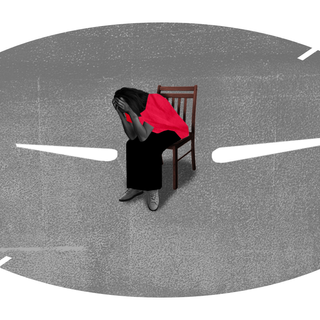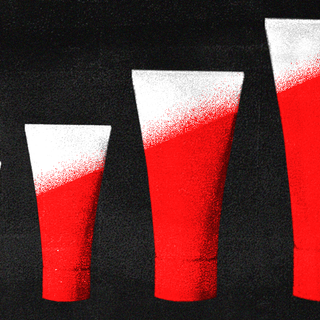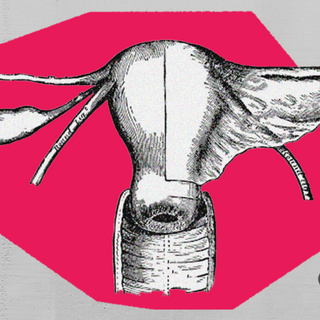Tuberculosis, the world’s leading infectious killer and a public health crisis long before the coronaviruspandemic, is a shapeless beast. It is hard to diagnose, harder to treat because of inadequate resources. During the lockdown, experts note more women than men had tuberculosis in some cities like Mumbai. Gendered factors like women’s caregiving responsibilities and lesser access to healthcare could have fuelled the case prevalence.
This is a curious pattern; historically, the TB burden has been higher among the male population as compared to women. In 2018, out of the 57,000+ TB patients diagnosed in Mumbai, 29,371 were men and 27,448 were women. A similar proportion (with more men being diagnosed) played out in 2019. But since the start of the Covid19 pandemic, the infection rate among women has swiftly increased. According to data from the BMC, the infection rate increased by 12% among women between 2020 and 2021; during the same time, the infection rate among men dropped by 7%.
The healthcare burden posed by TB then hints at a gender gap, one that widened during the lockdown. Experts think the increased affliction of the disease among women could be due to weakened immunity and greater exposure to TB. “During the lockdown, families were financially struggling… the in-take of nutritious food decreased especially among women. Many women already suffer from anemia, which further weakens their immunity. This made them easy targets of TB bacteria in congested chawls,” said Dr. Vikas Oswal, a chest physician. He saw a 20% increase in TB among women last year in the M-East ward of Govandi area.
“With the relaxation of Covid19 restrictions, we are getting a large number of female patients with severe TB infection, leading to health complications,” he added. Other reasons include undetected Covid19 or more emotional stress could have further weakened women’s immunity.
One factor that Nair believed could have caused an increase in female case numbers is malnutrition, which can act as a trigger for activating dormant tuberculosis in the body, Dr. Sreenivas Nair, regional adviser at Stop TB Partnership, told Devex.Studies also show unequal distribution of calories within families impacts women disproportionately. During the pandemic, gender-based inequality widened with respect to food insecurity as well; women were less likely to have access to food and starve than men.
Related on The Swaddle:
A New Tool Could Help Doctors Treat Latent TB Before It Becomes Dangerous, Contagious
TB prevention and treatment also rely upon awareness among people about symptoms and timely diagnosis. The information gap is more acutely felt by women who may have limited access to knowledge about the symptoms or ways of prevention.
Moreover, the gendered role of caregiving may also explain this shift in caseload. “As per our observations, most of the women infected with TB recently were taking care of active patients in their houses and ended up infecting themselves,” said Dr. Pranita Tipre of the BMC. In other words, women as the primary caregivers were more exposed to the infection when patients avoided visiting hospitals.
There remains a widespread stigma around disease detection and treatment. Seema Korve, a married woman diagnosed with TB four years ago, was asked to go back to her parent’s home upon diagnosis. She was made to sleep outside the bedroom, and is now divorced and living separately from her child, she told Times of India. The discrimination against TB patients may be more profoundly experienced by women; their access to healthcare is marred by patriarchal obstacles. Research shows women are less likely to seek format treatment due to geographical barriers, an unwillingness to spend money on women’s health, limited support from family members, or lack of access to female doctors. So when doctors say women were more likely to be exposed to infection while taking care of their family, the social prejudice is better contextualized. The patriarchal belief that women’s health matters less than that ofmen, or elder people in the family, aligns with the statistics.
Arguably, the gender markers that may make TB infection more prevalent among women may need an intervention beyond the healthcare domain. This is more pertinent at a time when India’s TB caseload has increased significantly, according to the latest survey.
“For women with TB, one of the first challenges that they face is eviction from the household or complete isolation,” said Namrata, who was cured of TB in 2019, to Devex. “And one of the first responses is that the children are taken away from them. It has a huge impact on the women’s mental health.”




